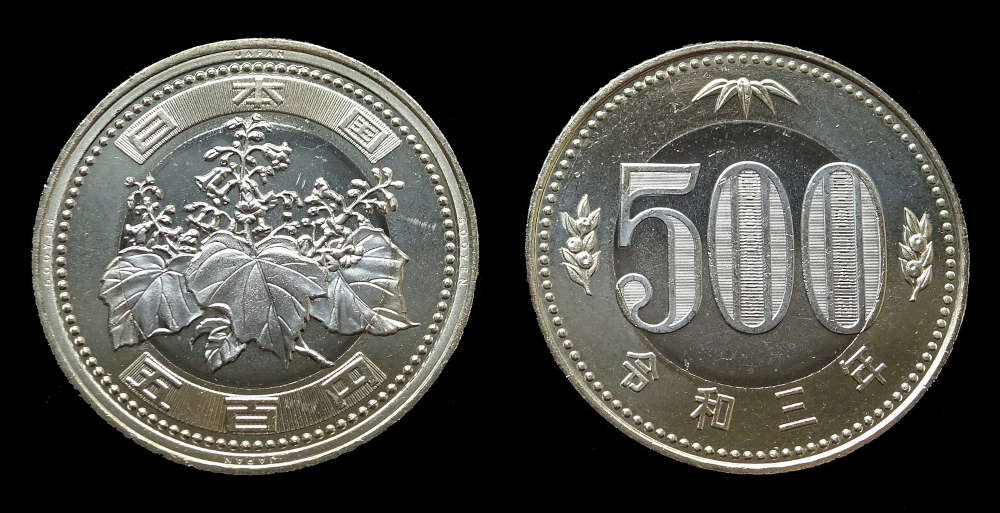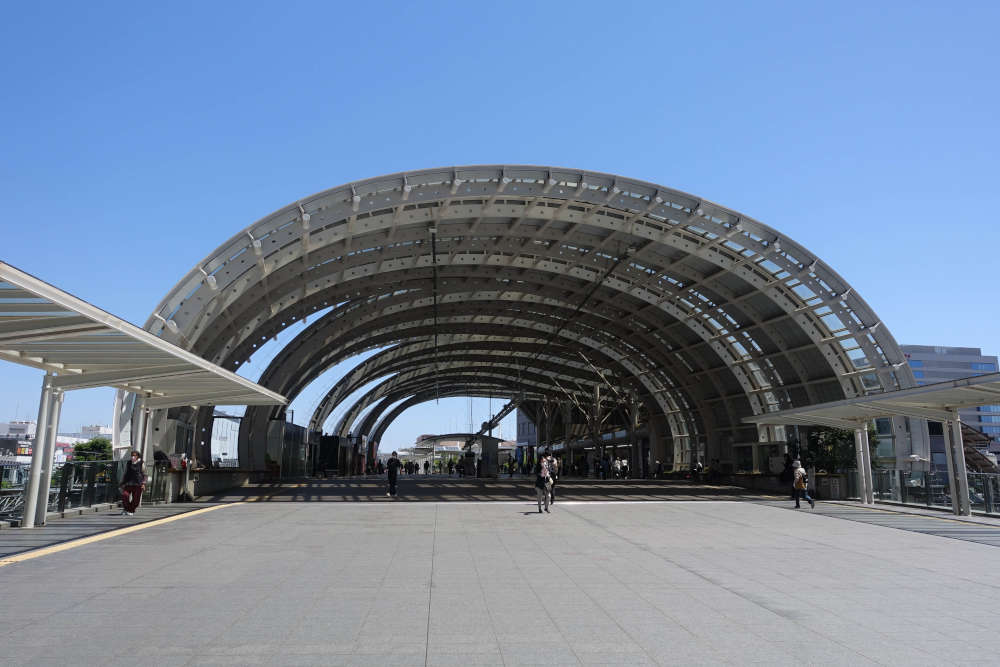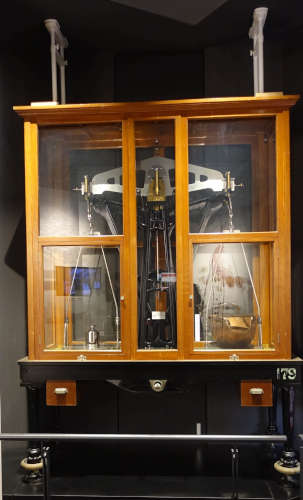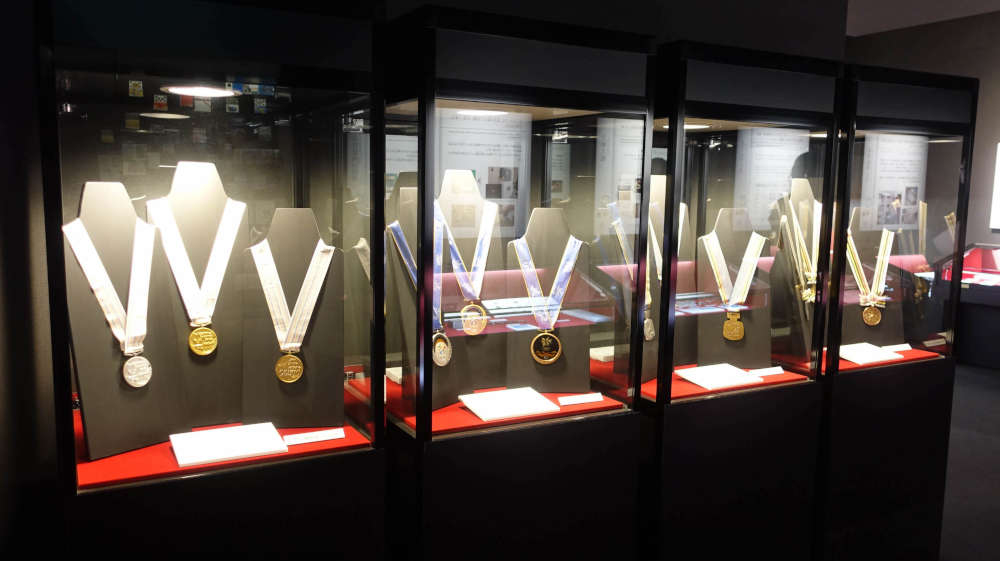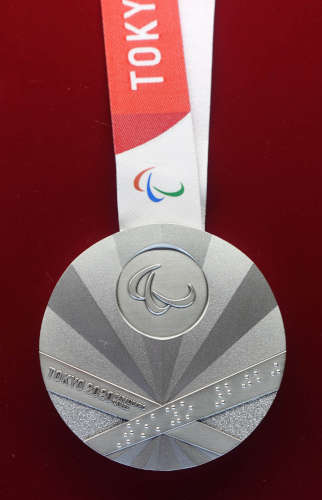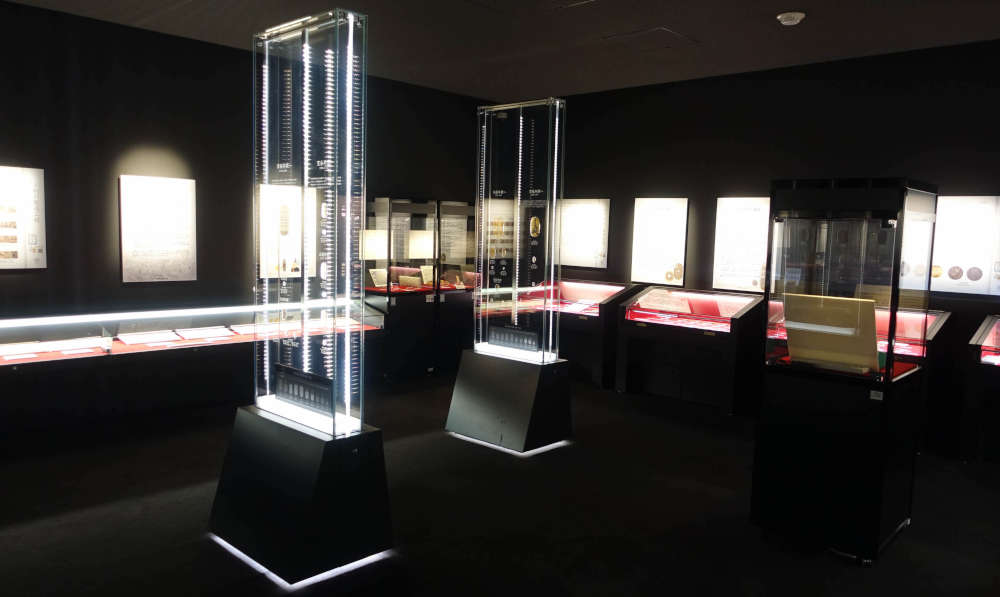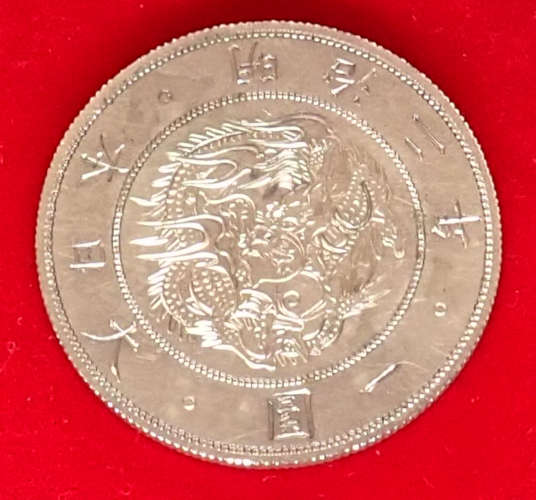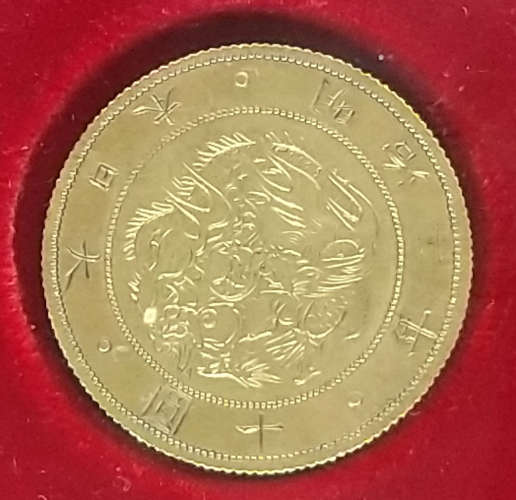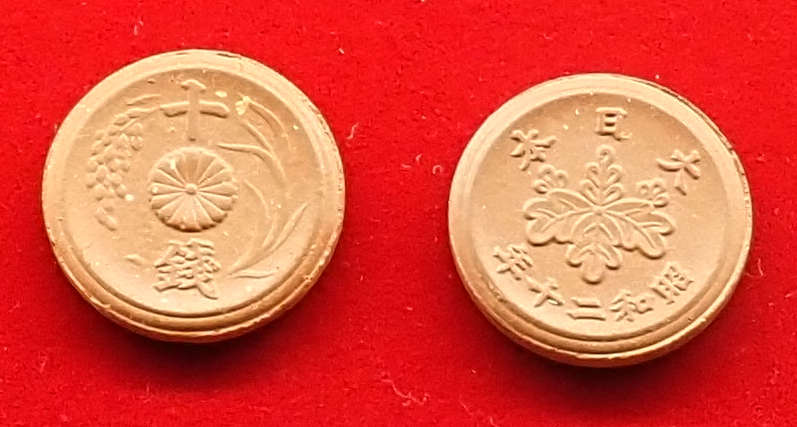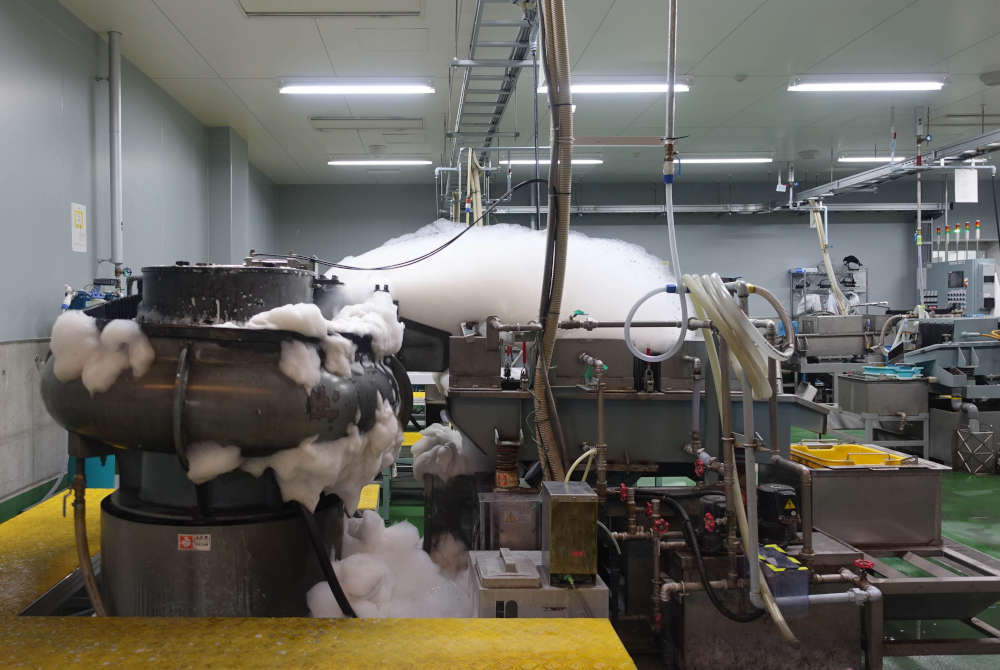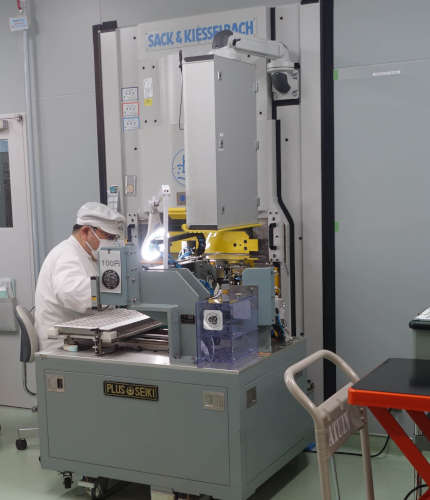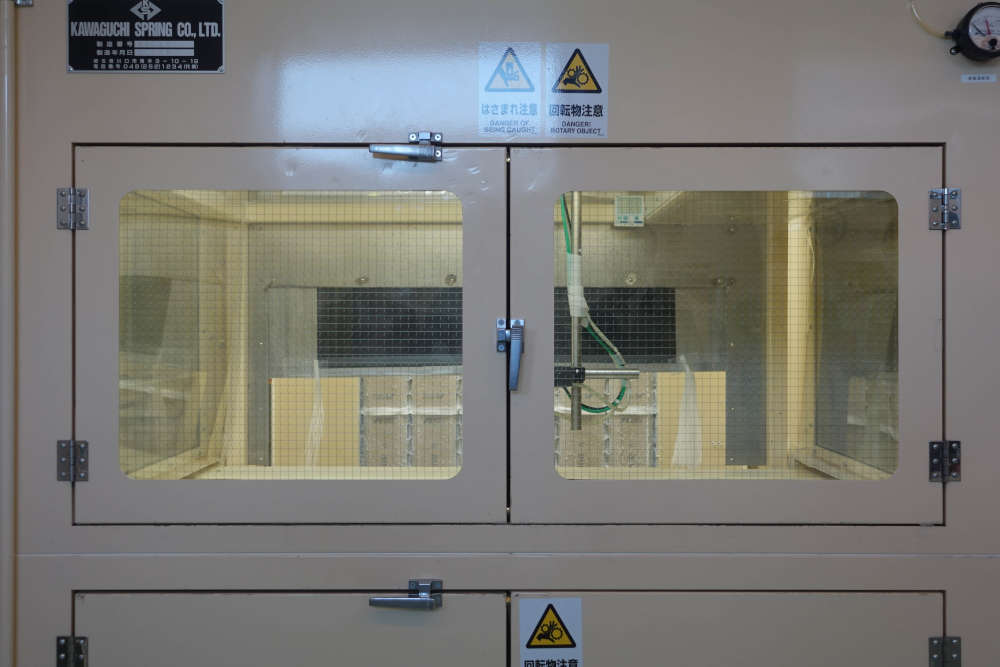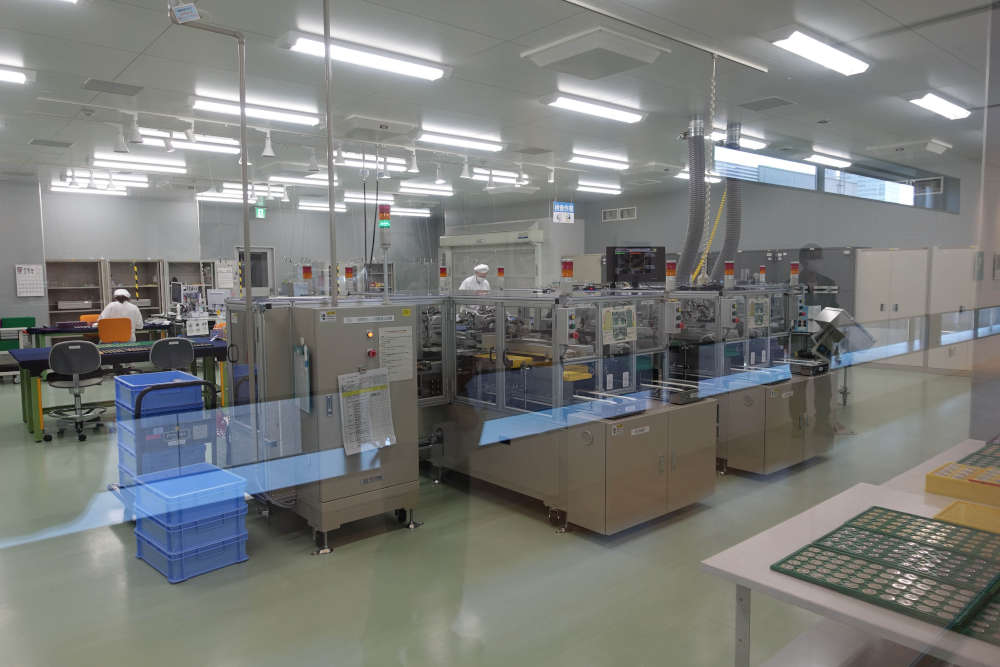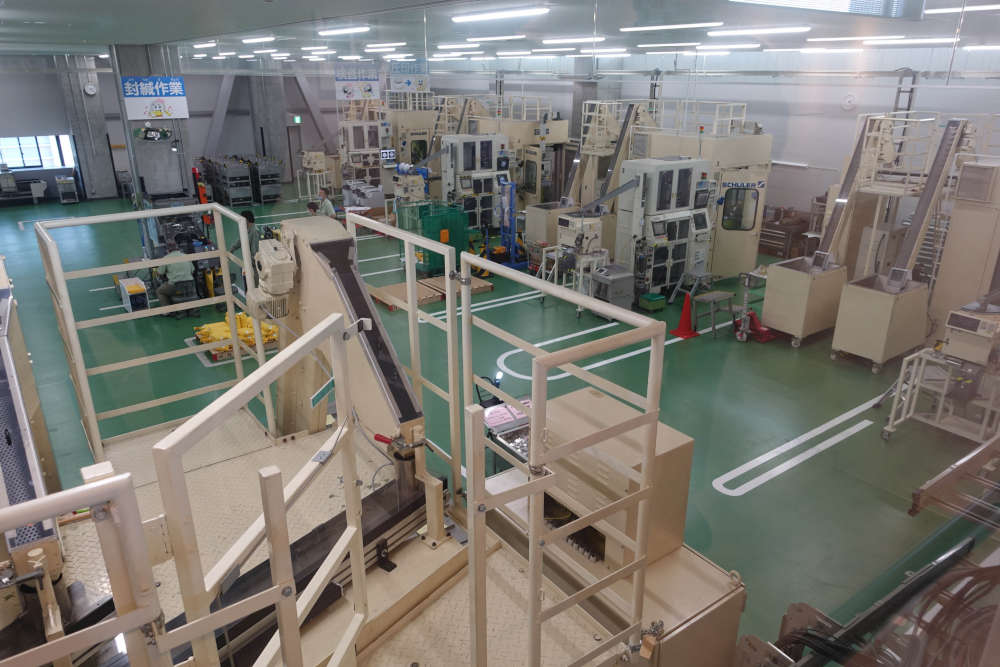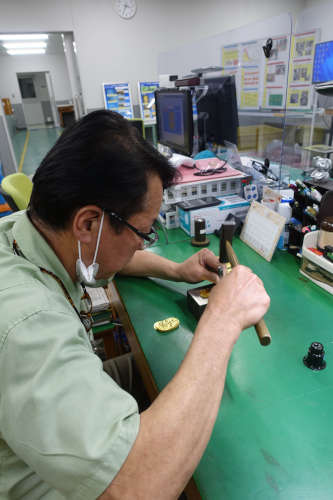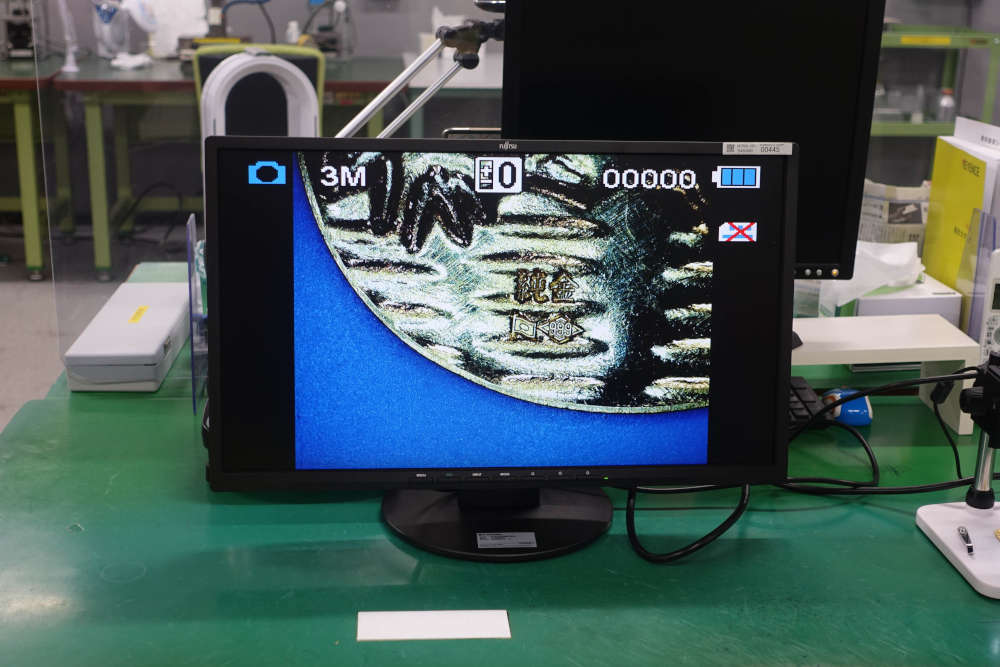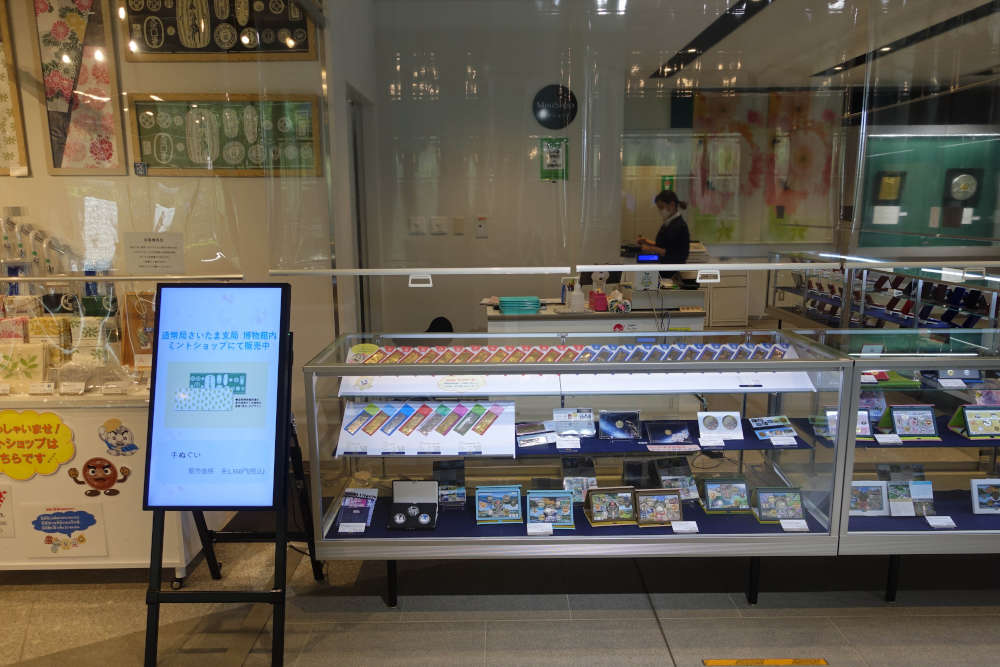A Visit to the Japan Mint
by Ursula Kampmann, translated by Maike Meßmann
In my opinion, Japanese circulation coins are among the most beautiful circulation issues out there. But there is more than beauty to them – the 500-yen coin that equals about 3.20 euros combines great design with cutting-edge security features. This starts with the complex creation of the bicolour blank with an elaborate three-layer structure, which is important for cash machine security. To the human eye, visual security features stand out: micro lettering, micro design and, above all, the latent images in both zeroes of the face value.
Content
I often wondered what a mint looks like that produces such beautiful and functional circulation coins. When I travelled to the Tokyo International Coin Convention in April, I obviously made an appointment at the Japan Mint. And I learned something that surprised me: while I had previously thought that the Japan Mint consists of a single facility in Osaka, I discovered that the institution has two branches in Hiroshima and Saitama.
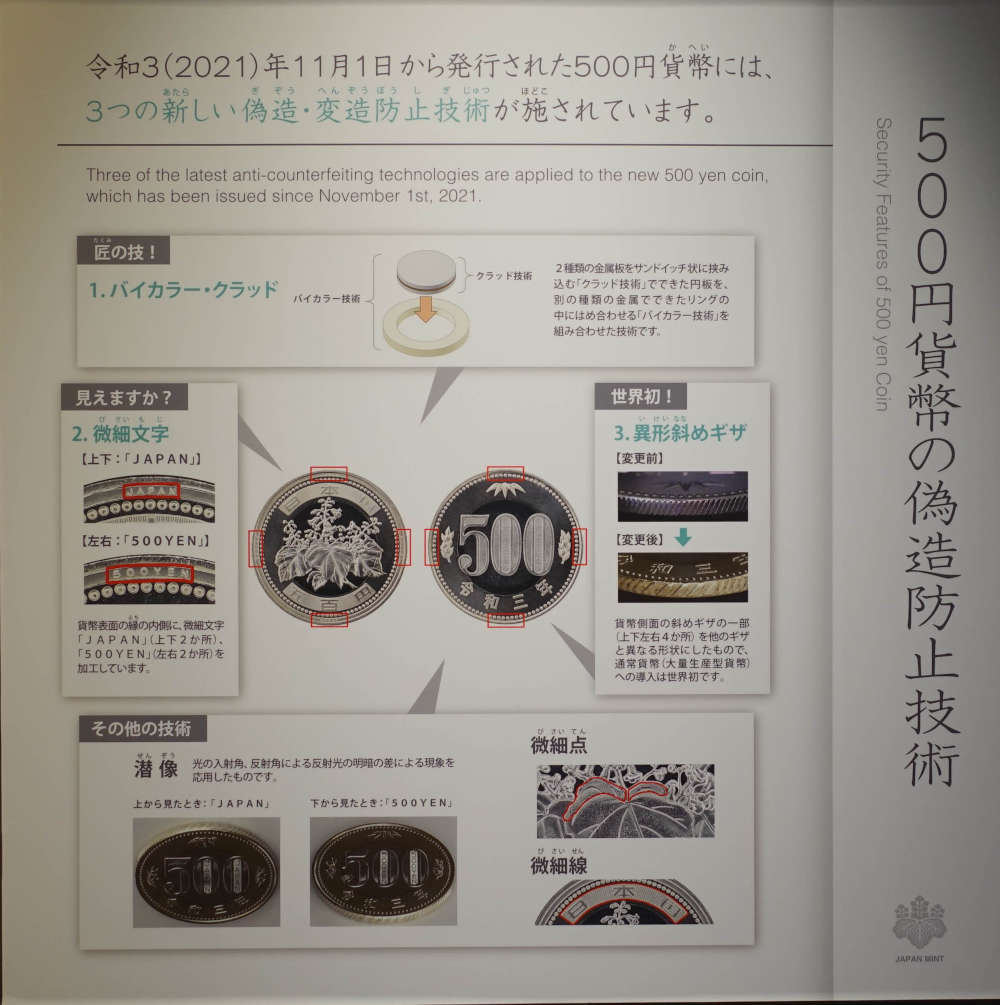
The Japanese 500-yen coin is a prime example for how to perfectly combine beauty and cutting-edge security features. Photo: UK.
How Tasks Are Distributed within the Japan Mint System
The headquarters of the Japan Mint have been located in Osaka since 1871. This is where circulation coins and all dies are produced, as well as most Japanese coins in general.
Blanks are created in Hiroshima. This makes Japan one of a few countries in the world where this part of coin production is still carried out by an official authority – usually, blanks are bought from private suppliers.
I was headed to Saitama. This is where part of the precious metal commemorative coins as well as collector coin sets are produced. There is also a production facility for Japanese orders. Moreover, the Japan Mint set up a showroom in its museum, which is open to experts and laypeople alike.
In this article, you will find out what else can be discovered in Saitama.
Japan: A Perfectly Organised Country
I have visited a lot of mints throughout my life. In none of them did my visit start with someone handing me a printed schedule that laid out what we were to see at what time. I could hardly believe it: we even managed to stick to the time table – up to the last minute!
My way to Saitama, on the other hand, was slightly more disorganised due to the fact that I took care of that myself. Saitama is one of the many megacities that surround Tokyo. It can be reached by public transport for little money and in a short amount of time. It is just a little difficult to find your way through the jungle of subways and underground trains that transport travellers from one point to another within minutes. It is even more difficult to do this on your second day of your first trip to Japan when you do not know yet how the public transport system works.
Just to be safe, I left two hours before my appointment although it was just supposed to be a one-hour journey – I was completely stunned that I made it to my destination on the first attempt. Therefore, I had a lot of time to look around the station of Saitama-Shintoshin. And that was really interesting!
Saitama is a conglomerate of different cities, which were grouped around a new centre by an administrative act. This new centre is Saitama-Shintoshin with its train station, from which you can reach kind of a gigantic marketplace with stores and restaurants, an underground shopping world and a huge stadium on foot in just a few minutes. Saitama-Shintoshin is located a 12-minutes’ walk (yes, that is how distance is measured in Japan!) from the mint. I did not have to go there on my own. I was picked up at the station by Haruna Yano and Yushi Okudaira. They are responsible for foreign contacts at the Saitama branch, which is why both of them spoke excellent English – a skill that is rarely found in the Japanese business world.
The Mint Museum
There is no other way to put it: I felt like a VIP when I was not only welcomed by the two people who would take me around the mint, but also by Mr Kawano and Mr Ikeuchi. After a short reception, we immediately headed to the museum, which not only opened its doors to me but can be visited by every coin enthusiast.
This museum is definitely a must for anyone interested in Japanese coinage. It does not only present the latest commemorative coins and medals, there is also an entire room with numismatic rarities from the past.
Coin Production
From the mint museum, we went up one floor to the production centre, where every visitor can see how Japan’s coins are created. The individual processes are illustrated and explained through films and texts. And we had additional support: Mr Shibata, the head of the coin production department, did not miss out on personally showing us his department.
Through big glass windows, visitors can see the halls where the work is done. You can see the work of the blank preparation department, where circular pieces of metal are being cleaned, degreased and prepared for further treatment in the minting hall. Circulation coins are produced by large and fast Schuler minting presses; commemorative coins are created in a complex manual minting process on oil-hydraulic presses from Sack & Kiesselbach, among others.
The Japan Mint produces both circulation commemorative coins that can be purchased at face value from banks as well as gold and silver commemorative coins that can only be acquired through the Japan Mint.
Particularly remarkable to European visitors is a production step that is not a standard procedure in every mint. Due to the high humidity, the Japanese climate requires special measures to prevent the corrosion and discolouration of commemorative coins. Therefore, the pieces are covered with a thin transparent coating.
State-of-the-art pad printing and packaging units are also part of the Japan Mint’s equipment and can be seen in action during the tour.
The Production of Orders
Orders are also produced in Saitama – an elaborate and labour-intensive work. After all, there is a reason why orders often used to be produced by famous jewellers such as Fabergé. Today, various countries have found different solutions to the question of what institution should be in charge of order production. Often, mints are responsible for both, coins and orders. This is also the case in Japan. After all, orders are national emblems and there are strict regulations regarding their production.
One of the requirements is that the production process must not be photographed. Therefore, I cannot show you images of how skilfully the artists of this department exercise their craft. Mr Masuko, the head of the order production department, personally pointed out the intricacies of this work, a process that is divided into eight steps: minting the metal, cutting off excess metal, filing off sharp edges, enamelling, heat application, polishing, plating and, eventually, assembling the individual parts and proceeding to the final inspection.
Precious Metal Testing and Certification
The last department is responsible for precious metal assaying and certification and is usually closed to the public – and for good reason. We had the opportunity of visiting it together with the deputy director Mr Kaki. In this department, private companies can have the precious metal content of their products tested by a state authority and get them certified with a fineness mark.
So if you want to make sure that the precious metal content of a gold, silver or platinum ring bought in Japan is exactly what the dealer claims it is, you should pay attention to the small Japanese flag. It certifies that the Japan Mint tested the product and found it to be correct.
Depending on the size and the nature of the tested item, the tiny hallmarks are applied either by machine or by hand. It is a fascinating process that requires a lot of dexterity.
Numismatic Souvenirs
The last and most beautiful station for every visitor is the museum shop, where coin enthusiasts can find a plethora of numismatic souvenirs from Saitama. There are commemorative coins and elaborately produced medals as well as coin models that can be used as wall decorations and biscuits in the shape of coins. In short, they have something for everyone.
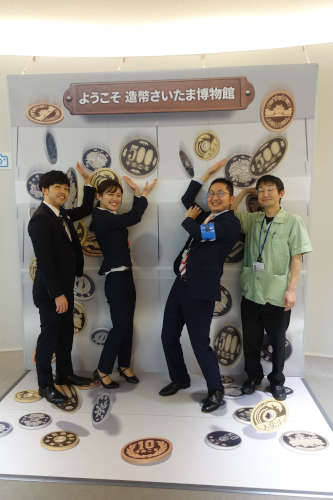
It’s raining coins: our kind hosts (from left to right) – Yushi Okudaira, Haruna Yano, Mr Ikeuchi and Mr Kawano. Photo: UK.
Next Year: Osaka
All that remains to be said at the end of my report is a heartfelt thank you to my kind hosts, Mr Okudaira, Mrs Yano, Mr Ikeuchi and Mr Kawano. I am afraid you have to put up with me again next year, when I want to see what the famous old mint of the Meiji era in Osaka looks like today.






